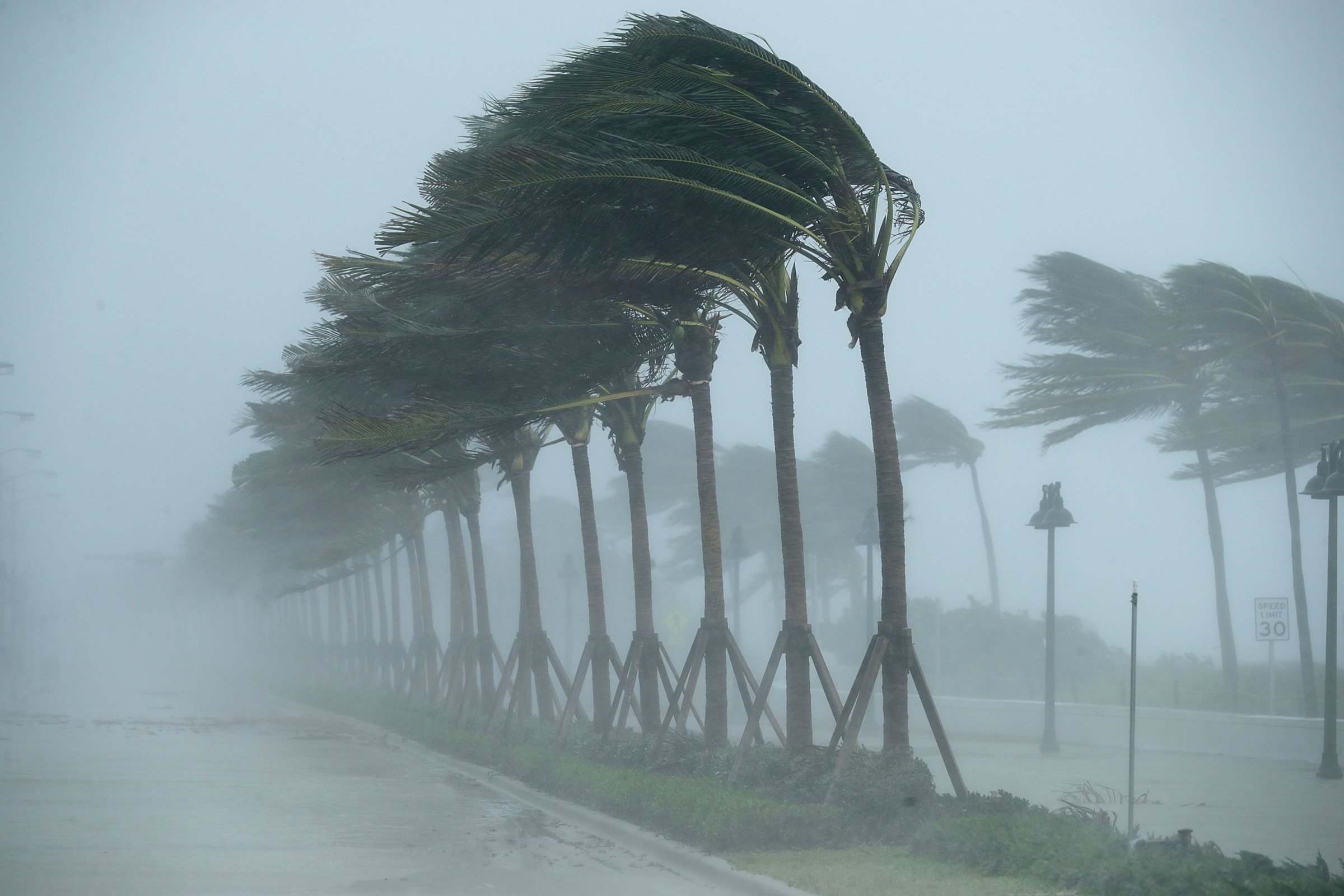
North Carolina residents might be excused for breathing a premature sigh of relief when Hurricane Florence, once a Category 4 storm, was downgraded to Category 1 before making landfall. But those numbers don’t tell the whole story–and what they leave out can have life-and-death consequences.
“Florence is an excellent example of a storm that is a lower category than it was and yet is still extremely dangerous,” Bill Lapenta, director of the National Centers for Environmental Prediction at the National Weather Service, tells TIME.
Florence especially highlighted one key shortfall of the system known as the Saffir-Simpson Hurricane Wind Scale: while it measures a hurricane’s wind speed, it doesn’t take into account the speed at which the storm itself is moving. Those are often vastly different figures. While hurricanes can produce winds that whirl as fast as a race car, the systems themselves can plod along at the pace of a person taking a stroll. Slower storms can dump biblical amounts of rain in a more limited area over longer periods of time. That increases the risk for those in its path. Other threats, like storm surge, aren’t measured by a hurricane’s category either.
Nevertheless, hurricane categories have become a convenient shorthand for those looking to understand a storm. When one gets downgraded right before making landfall, some people may wrongly interpret that as a sign of a lessened threat, leading them to make ill-informed decisions about whether to evacuate.
In recent years, the National Weather Service has developed more-precise ways to communicate a hurricane’s threat. But it also falls to meteorologists and politicians to pound home the idea that a storm can be dangerous at any point on the scale. In the days before Florence hit, North Carolina Governor Roy Cooper showed one way to do so: “My message is clear,” he said at a press briefing. “Disaster is at the doorstep and is coming in.”
With reporting by Jeffrey Kluger
More Must-Reads from TIME
- Why Biden Dropped Out
- Ukraine’s Plan to Survive Trump
- The Rise of a New Kind of Parenting Guru
- The Chaos and Commotion of the RNC in Photos
- Why We All Have a Stake in Twisters’ Success
- 8 Eating Habits That Actually Improve Your Sleep
- Welcome to the Noah Lyles Olympics
- Get Our Paris Olympics Newsletter in Your Inbox
Write to Alejandro de la Garza at alejandro.delagarza@time.com